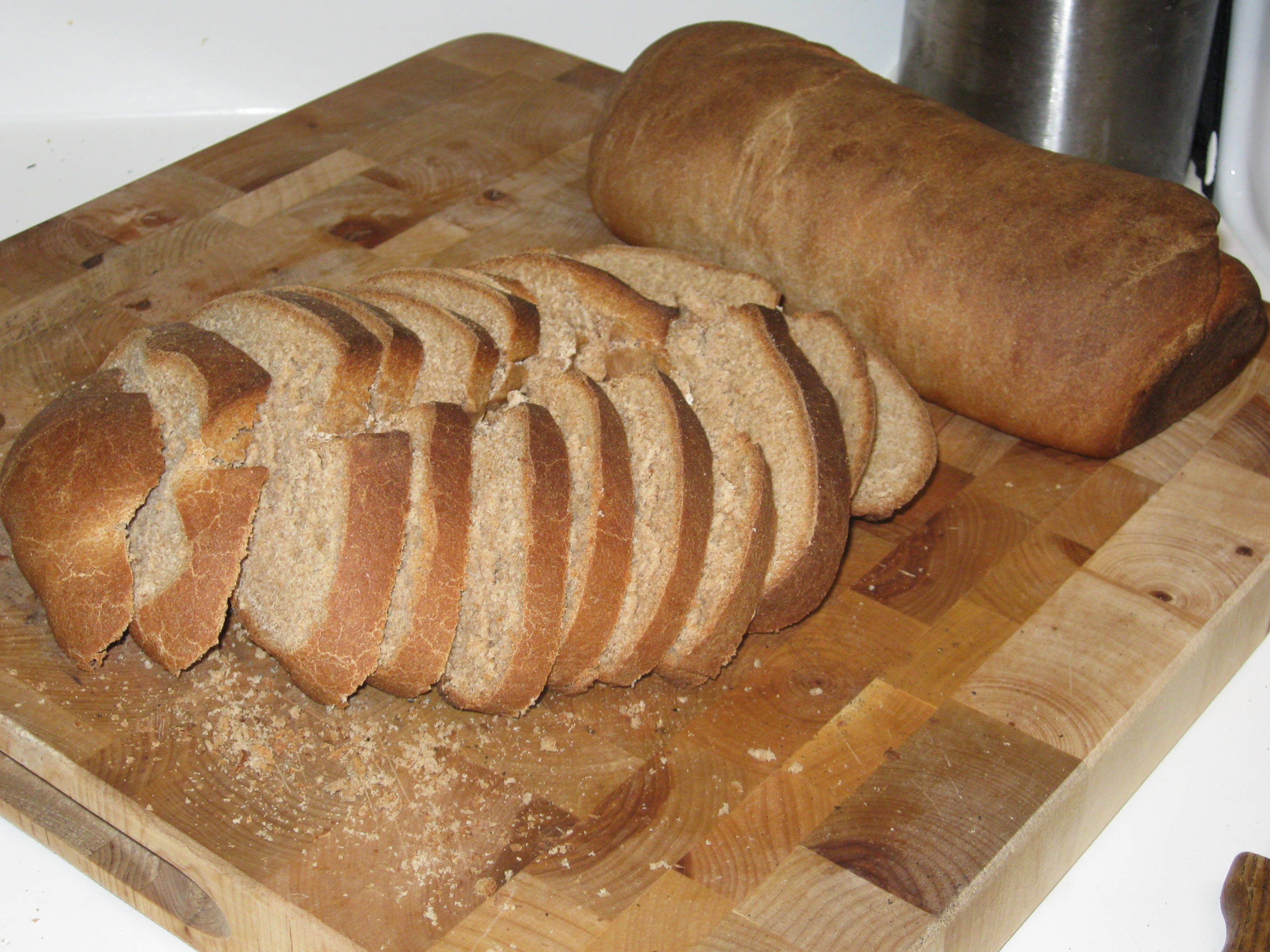Sigh. Being frugal is hard enough without the constant testing.
Today, Tony (the husband) and I were on a routine shopping trip at Target. Dish detergent (bought with a coupon), dog treats (also bought with a coupon), Raisin Bran on sale, and deodorant. We picked up our items, and because we’re masochists and we’re not doing anything else until we head out to a cookout later, we decided to browse a bit. Big mistake.
I don’t even bother looking at high ticket items anymore, so Tony saw it first. The Calphalon cookware we’ve been eyeing for over a year. On clearance. 50% off. Gulp.
As you know, we cook a lot. Aside from two Calphalon skillets we bought at Bed, Bath and Beyond with a gift card we got at the wedding, we’ve been using the same cheap cookware for two years. It’s still functional, but we’ve been dreaming of a new, high-quality set of cookware since before we moved.
So there it was. The exact set we’d been dreaming about for two years marked down from $200 to $100. It’s like the fates were trying to tempt us.
We stood in the aisle for about 20 minutes just looking at it and drooling. Tony, who I know wanted it more that I did because he does most of the cooking, tried to make it easy on me. “Let’s just go,” he said, gently pulling me away. “We don’t need it.” I knew he didn’t mean it, though. And I knew, despite his heroic attempt to save me from myself, that he was hoping I’d override his veto.
Mostly because it was something that I knew he wanted, I started making the standard excuses. “We’ve been so good this month. We deserve it.” Then the little frugal voice in my head that’s been getting louder and louder lately said, You want to celebrate the fact that you’ve saved money this month by spending money? How does that make sense?
“But because we’ve done so well, we should end up having about $300 left over at the end of the month from cutting corners in our budget. We could afford this without even breaking our budget!” To that, the little voice said, Um, up until two minutes ago, you couldn’t wait to put that toward your last little bit of credit card debt or your savings.
And of course, the excuse that used to trump them all: “We need it.”
But this time, that excuse wasn’t going to work. I reminded myself of the $100 Target gift card we received at the wedding. We discussed putting it toward new cookware, but ultimately talked ourselves into using it for an ice cream maker attachment for our stand mixer. Yeah, dumb.
To be fair, the cookware cost $200 at the time, and we didn’t want to spend money in order to use our gift cards. We did receive cash from relatives at the wedding, but we decided to use it as the first deposit into our savings account.
The fact remains, if we really needed that cookware, we wouldn’t have bought the ice cream maker first. You didn’t need that cookware so badly when there was something frivolous and fun you wanted two months ago, the frugal voice said. After all, gift cards never expire. Nothing was stopping us from saving up money to pay for the rest of it or saving the gift card until we saw a great deal like this one.
After I had talked myself out of it, it was Tony who started having second thoughts. “I guess when you think about it, we would easily spend $100 by going out to eat only four times. For that price, we can get brand new cookware that will help us cook hundreds of cheaper meals at home.”
As much as I hated to admit it, though, that’s not the point. We can easily make hundreds of meals at home with our old cookware without spending another $100.
Besides, do we really want to undo all of our hard work and restraint this month by spending money now when we’re so close to our first month of budget success? Celebrating your financial successes by spending money is a good way to keep yourself from ever really getting anywhere.
It was the hardest decision we’ve made since we decided to get serious about living frugally, but we walked away from the clearance cookware. Even though we had the money for it, and even though it was an amazing deal. Sigh.
I’m still questioning our decision. Eventually, we’ll need to buy new cookware. Will we end up paying twice as much for it and regret our decision to wait? That thought has definitely crossed my mind. But I just can’t risk getting off track now that we’re so close to our first successful month. We need to know we can do this, and we need to walk away from some good deals for a while if we’ve ever going to get ahead.
I’m sure someday, after many months of budgeting success, we’ll be able to make exceptions for things like that when the deal really is great and it’s something that we really could use. But right now it’s just too early to start making those exceptions. If we give in to every temptation from the very beginning, how will we ever get anywhere?
What do you think? Did we make the right choice? What would you have done?
